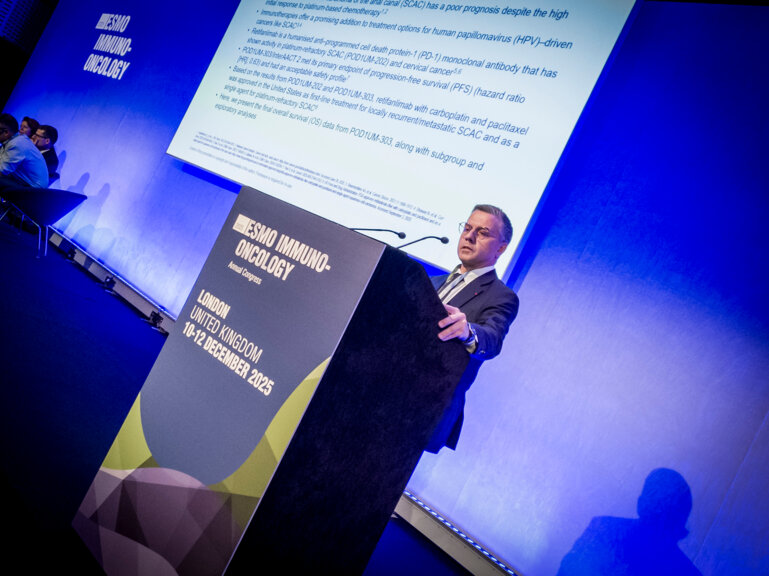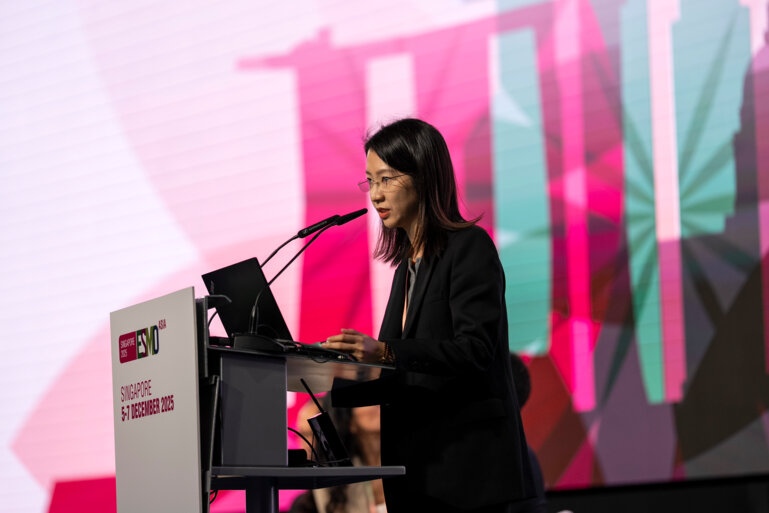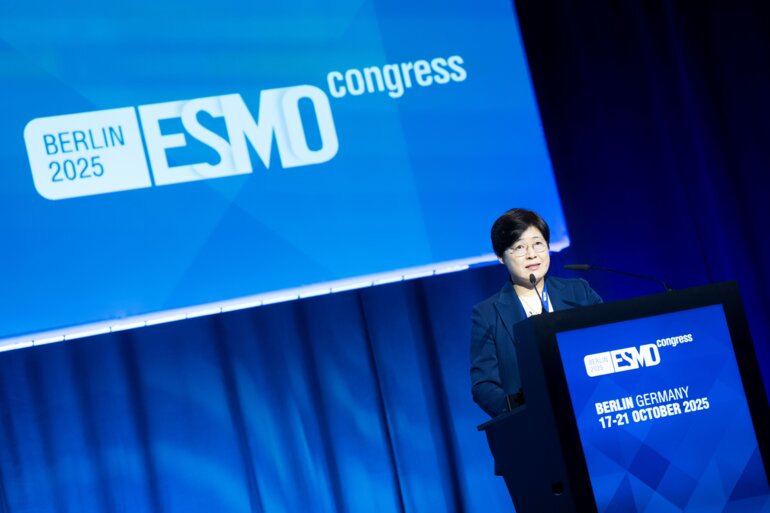Thanks to remarkable advances, molecular analysis has taken central stage in the management of GIST, but there is still a need for less costly testing and further development of mitigation strategies to overcome resistance
The inclusion of mutational analysis in the diagnostic work-up of all gastrointestinal stromal tumours (GISTs) should be considered standard practice according to new ESMO–EURACAN–GENTURIS Clinical Practice Guidelines for the management of these rare malignancies (Ann Oncol. 2022;33:20–33); however, despite much progress, challenges remain. “Mutational status is important for disease classification and for choosing drugs or other management strategies based on predicted sensitivity to molecular-targeted therapy and prognosis,” says Prof. George Demetri from the Dana-Farber Cancer Institute and Ludwig Center at Harvard Medical School, Boston, Massachusetts, USA. He explains that despite the recognised value of molecular testing today, the relatively high price and requirement for sophisticated genomic sequencing equipment remain barriers to its widespread use and often limit access by some healthcare systems, particularly those outside Western Europe and the US. “Many doctors are not able to access molecular testing for their patients due to logistics or cost constraints, and this has a clear impact on clinical outcomes: when the starting point, e.g. a KIT or a PDGFRA mutation, is not known, the most appropriate treatment cannot be selected,” he emphasises.
Dr Benedikt Westphalen from the Comprehensive Cancer Center, Munich, Germany, highlights the inclusion of ESMO Scale for Clinical Actionability of molecular Targets (ESCAT) scores in the new ESMO–EURACAN–GENTURIS Clinical Practice Guidelines as a major step forward. “ESCAT really helps oncologists to understand the clinical value of a genetic alteration with respect to therapeutic options, especially targeted treatments, and is a very useful tool to help with decision making,” he says. ESCAT scores were proposed by the guideline authors and then validated by the ESMO Translational Research and Precision Medicine Working Group, of which Westphalen is a member.
Another important challenge in GIST management relates to understanding the molecular mechanisms of resistance and preventing its development, particularly following the selection pressure of initial treatment, an obstacle that currently reduces the chances of GIST treatment being curative. Existing agents have limitations; for example, imatinib fails to inhibit KIT exon 13 and 17 mutations, while sunitinib inhibits KIT exons 9, 11, 13 and 14, but misses exon 17. Concern about overlapping toxicities has also made it difficult to mount multi-pronged approaches, namely combining imatinib with other currently available inhibitors, such as sunitinib or regorafinib. For Demetri, some new drugs that are able to inhibit several common mutational variants at once, at least in the laboratory, hold promise for advancing combination treatment of GIST; this is analogous to the improvements seen when combining antibiotics, anti-retroviral treatments or even certain cytotoxic chemotherapies. “For instance, next-generation tyrosine kinase inhibitors targeting specific secondary KIT mutations are entering clinical trials, and there is hope that these new highly selective and highly potent drugs might combine well with existing drugs,” he notes.
A key gap in GIST management is the ability to characterise GIST at a reliably comprehensive molecular level in a serial manner to detect mechanisms of resistance as they evolve in each individual patient. Circulating tumour DNA (ctDNA) may overcome the limitations of tumour tissue for other cancers, but currently does not appear to provide sufficiently comprehensive information in GIST.
With ctDNA and even with progressive GIST tumour biopsies, we do not see the full picture, which is complicated by tumour heterogeneity within single lesions and by differences across metastatic tumour sites
Demetri comments: “We need more research in the area of molecular profiling – it’s a technological challenge, but I’m optimistic that innovative methods can be found.”
Relevant to the new wave of clinical trials and the search for novel treatments, Demetri thinks there may be some complacency among patients and doctors due to the fact that current drugs are generally effective in the first instance. However, he points out that the very high fraction of patients who will eventually develop resistance represents a solid medical reason why patients with GIST should be encouraged to enter trials as early as possible. Westphalen also highlights that collaborative efforts are crucial to offer patients with rare malignancies the best options of care. “All patients with cancer, but particularly those with rare forms, derive most benefit if they are treated by interdisciplinary teams and with experts joining forces to exchange expertise,” he says, appreciating the collaboration of ESMO and EURACAN with GENTURIS in the development of these guidelines. “By building sustainable networks, we can work together more effectively to ensure we identify patients with rare cancers and help them receive the most appropriate individual treatment – either guideline approved or within clinical trials – using the sum of our collective knowledge.”
Highlighted session:
GIST. ESMO Sarcoma and GIST Virtual Symposium 2022
Main symposium, 01.02.2022, h. 14:45 – 16:15, Channel 2






